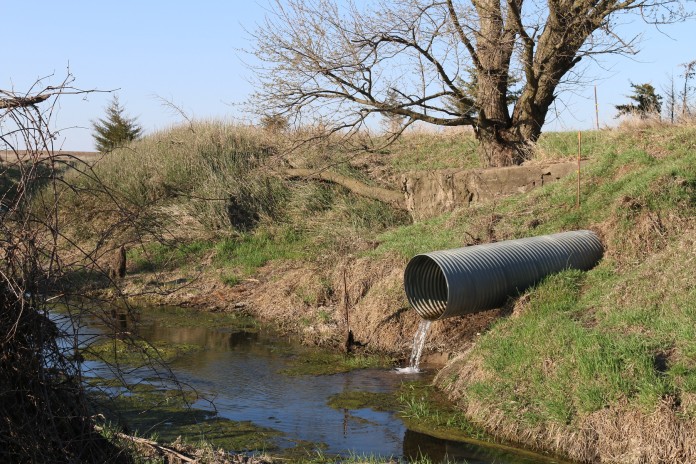To the editor:
I’m sending a press release for your reference in relation to the article “Half of water monitoring sites show highest nitrate levels ever seen” posted on ThePerryNews.com on Nov. 6. Upon review, you will find a few points in ThePerryNews.com story that are inaccurate.
I appreciate the comments in relation to the Iowa Soybean Association (ISA), but please note that the Agriculture’s Clean Water Alliance (ACWA) is responsible for the water monitoring. ISA is contracted to collect the samples, but the data belongs to ACWA.
Also, as the press release explains, weather is a significant factor in managing nitrates. The story posted on your site does not represent the role of Mother Nature in this complex system. Omitting this information misrepresents what the water monitoring team noted as an important consideration when looking at the data.
Finally, when reading the release you will also note that a Water Quality Improvement project was awarded this year in Elk Run, a watershed the story on your site focuses on. You may find this information of interest.
Thank you for your consideration.
Dorothy Tate, Iowa Soybean Association

















Weather? Weather affects the nitrate levels of our watersheds? Since when does pig poop and other forms of fertilizer fall from the sky? Hmnn? Isn’t trusting the Iowa Soybean Association to collect the water samples kind of like trusting Sylvester the Cat to clean Tweety’s cage?
The following paragraph caught my eye:
“Experts have long recognized the large impact weather has on nitrate loss from farm fields. Fluctuation between wet and dry weather patterns during the last several years resulted in large shifts in water movement allowing nitrate that has moved below the root zone and accumulated in dry times to be rapidly transported during wet periods.”
I assume these nitrates are below the root zone of row crops yet above the tile. Larger rains saturate the soil and carry the nitrates into the tile and on to the watershed. This may be a part of a drainage district. The exciting part of this is it gives land owners an opportunity to intervene before the water carrying the nitrates leaves their property. Through the installation of saturated buffers and bio-reactors that can be placed where these tile lines exit the fields, nitrates have the chance to be captured and greatly reduced from the flow of water on down the watershed. Tiles are installed to benefit the land’s production. The general public should be able to expect that those landowners are not transferring the cost of nitrate cleanup to the rest of us.